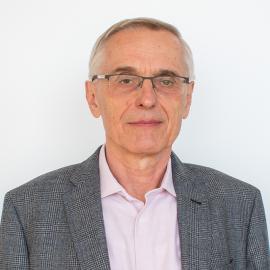Pb-free Perovskite solar cells with Long-term stability
Perovskite solar cells have been realized as promising candidate for producing clean energy in near future. Despite the fact that the power conversion efficiency (PCE) over 22% has been demonstrated by several groups, perovskite solar cells still have not been considered for the commercialization yet due to its low stability and the toxicity cases by heavy metal (Pb). Furthermore, the most common hole transporting material (HTM, Spiro-OMeTAD) is even several times more expensive than gold or platinum. To overcome the major issue of the present perovskite solar cells, this project will devote to fabricate the high performance lead free perovskite solar cells by carefully tailoring the band gap, energy level of perovskite active layer as well as modulate the energy level between active layer and buffer layer. In addition, the stability of lead free perovskite will be significantly enhanced by replacing the conventional Ag/Al or Au electrodes and Spiro-OMeTAD by hydrophobic carbon based electrodes and new hydrophobic HTM. The work will be accomplished though the collaboration among Korean, Slovakian, Czech, Hungarian and Polish groups. The highly conductive electron selective layer will be fabricated by scalable methods namely electrodeposition and spray pyrolysis deposition. Following, the lead free perovskite materials as active layer will be deposited through solution process as well as chemical vapour deposition process. The new organic HTM will be synthesized using a simple method, to be quite inexpensive, easily reproducible and air-stable. To complete the fabrication of lead free perovskite solar cells, the carbon based electrode will be blade coated on the top of perovskite and the encapsulation will be performed. It is expected that this project will successfully overcome the current limit in power conversion efficiency of lead free perovskite solar cell (~6%) and its stability will be improved significantly, bringing it one more step close to the commercialization.
prof. RNDr. Kavan Ladislav CSc., DSc.
 jh-inst.cas.cz
jh-inst.cas.cz




